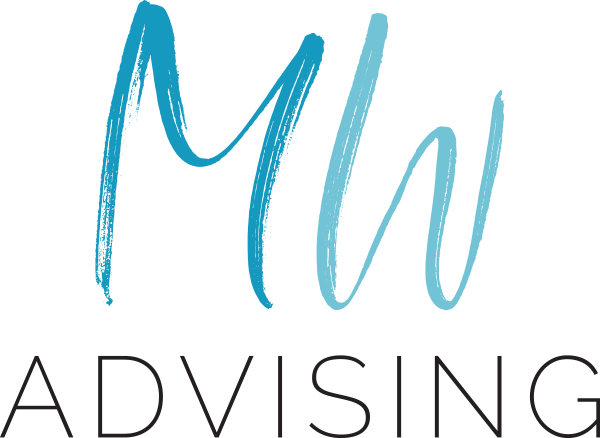Communication is one of the key elements of building trust. Communication is conveying a message or meaning to whomever the message or meaning is intended (Daft, 2015). How does communication become a key element of trust? Ooof, the ways are many. Who, what, where, when, why, and how?! My last writing focused on the “how.” In the “how,” a key component of success for the message being delivered is the channel we use. The channel matters, A LOT.
As leaders, we have opportunities abound to make our team members feel valued and heard when we communicate. I was discussing non-verbal communication with my students this week. This is always a super fun topic because there is so little realization as to how much of our message is sent through non-verbal cues. The research is all over the place, but a general agreement is that 70-90% of the information, meaning, and message we send is done through our non-verbal cues. The face and eyes, our body language, touch, use of pitch, tone, & sound, use of time, our environment…all of these things communicate SOMETHING. And that’s the thing, we are non-stop communicators just through our non-verbal cues. It’s absolutely fascinating.
People wonder why e-mails, text messages, and anything written gets misunderstood. DUH! The non-verbal cues are missing. It’s here we can be more cognizant of the channels we use to communicate. Daft (2015) talks about the channel richness, the amount of information that can be transmitted during a communication episode (the message you are sending). There are several characteristics that are involved in channel richness: the ability to handle multiple cues at the same time, the ability to facilitate two-way feedback rapidly, and the ability to create a personal connection. Face-to-face has the most channel richness because you can apply the multiple cues, two-way feedback, and create that personal connection. It reduces the risk of misunderstanding to the highest level.
Huge mistakes are made because we utilize low channels of richness – e-mails, texts, postings – to handle ALL of our communication. We assume what we send is going to be understood completely because we use long-winded sentences, emojis, links, etc. “How did they not understand what I wrote? I spelled it out clearly.” No, you didn’t. And worse, you utilized a channel of communication that created misunderstanding because you wimped out. You didn’t address an issue that is personal in a personal way. You chose to utilize a channel that would let you off the hook to receive feedback or create a personal connection. And that, my friend, is how we breach trust with others.
This last week was one of the best and worst I’ve had in a long time. It was the best because I had several personal connections that were off the charts amazing. Amazing because they were face-to-face and via voice so there were connections built that contributed to stronger relationships. It was the worst because personal and professional connections were mishandled badly. Wrong use of channels to discuss things that should have been done face-to-face (mistakes that were made, new organizational and project directions, elimination of positions, budget cuts, and more). I have learned so much this week, about myself and how I communicate with others. And, I have some work to do!
Stop using excuses that young people only text, or e-mail is better because it documents the conversation, or I don’t want to deal with their reaction, or I send messages because the idea hits me at 2am. I’m not arguing that these aren’t valid, but I am arguing that we are choosing low channels of richness too much. It’s taking away from the ability to give and receive feedback and BUILD that relationship that is so important to the success of the organization. That ability to give and receive feedback and build relationships is just as key to our personal lives, maybe even more so.
We have opportunities at every moment to choose high channels of richness in our communication. These opportunities build relationships…they build trust. I challenge you to really look at how you are communicating with your colleagues, your leaders, and those you care and love the most in your world. Make a choice to be more present in your communication. You’ll be so glad you did!
A note to my fabulous introverts: high channels of richness can be very stressful. I get it. I have my own phases of introversion and in some ways am in one of those phases now. Writing helps calm me and makes me feel comfortable in what I say…I never want to hurt or make someone not feel valued with my words. I want to encourage you to explore all channels of richness in your communication. Low levels of richness aren’t bad, but they aren’t the only ways to communicate.
Check out more of my writing and research at www.mwadvising.com. See you soon!
Daft, R. (2015). The leadership experience (6th ed.). Stamford, CT: Cengage Learning.

